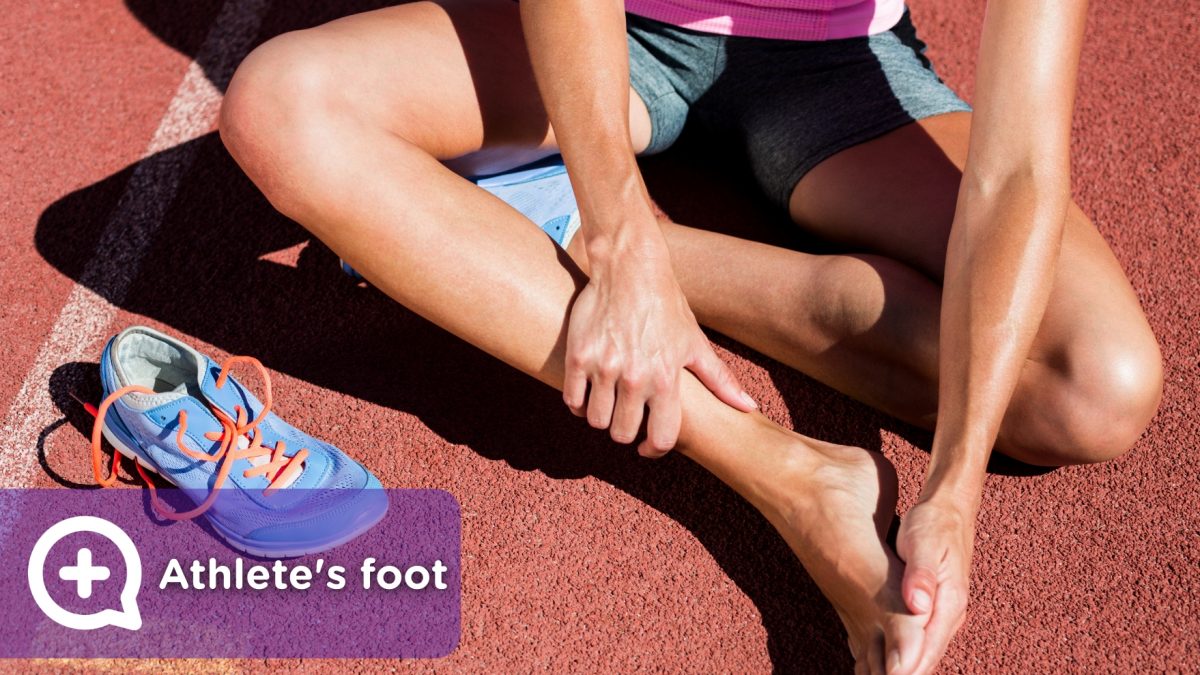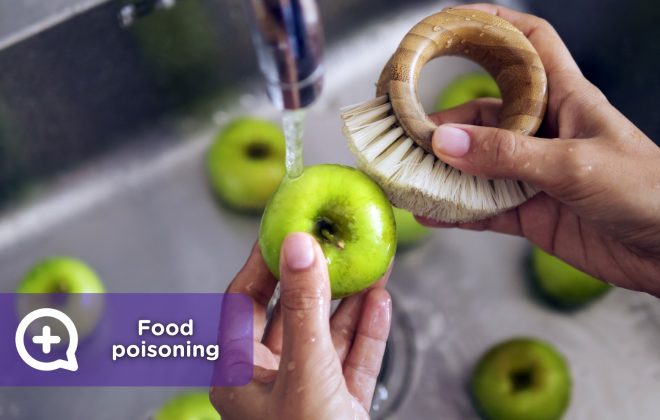Athlete’s foot is a very common condition in summer that can be difficult to get rid of, but it is easy to prevent with the following recommendations.
Foot fungus?
Athlete’s foot, also known as tinea pedis, is an infection of the skin caused by the fungus Trichophyton. It gets the name athlete’s foot because it is quite common for athletes to get it, due to the closed environment of their footwear, which generates a warm and humid environment very appropriate for the growth of fungi. It usually appears between the toes and can extend to the sole and heel. It is highly contagious, especially in the hot months when we usually spend more time barefoot and on damp, wet surfaces such as showers, public pools, changing rooms, saunas, etc. These are the instances where we can easily get it. In fact, eight out of ten cases of athlete’s foot occur in the summertime.
The following symptoms can be indicators of athlete’s foot:
- Itching
- Cracked skin: flakes are formed that detach from the toes, the sole and the sides of the feet
- Red skin
- Burning
- Blisters and ulcers
- Bad smell
Athlete’s foot can affect both one and both feet, and if you scratch frequently you can get it on your hands as well.
There are three types of athlete’s foot:
- Interdigital: is the most common and usually appears between the smallest toes. It can extend to the whole foot.
- Moccasin: characterized by peeling and thickening of the skin. It can affect the nails (onychomycosis).
- Vesicular: is the least common and is characterized by the presence of fluid-filled blisters that appear on the bottom of the foot.
What can you do if you get it?
The fact that you have itching, burning and bad smell does not necessarily mean that you have athlete’s foot. To be certain, you must bring a skin sample to the laboratory to be tested to confirm the presence of the fungus.
Antifungal creams, in cream or powder, are applied directly to the skin 1 to 2 times a day for several weeks to treat athlete’s foot. The most effective treatments are miconazole, ketoconazole and clotrimazole. They are usually available over the counter. In more severe cases, the doctor may prescribe oral medication.
How can I prevent it?
Follow these simple steps to prevent athlete’s foot:
- Keep your feet clean and dry, especially between your toes. Wash them with soap and water twice a day.
- Wear cotton socks and change them frequently to keep your feet dry.
- Wear sandals in showers or public pools.
If you are going to wear a closed shoe, or if you are often in places where the fungus can be found, use antifungal powder (talcum powder). This will help to keep your feet dry and prevent infection.
*Content validated by the mediQuo medical team.



